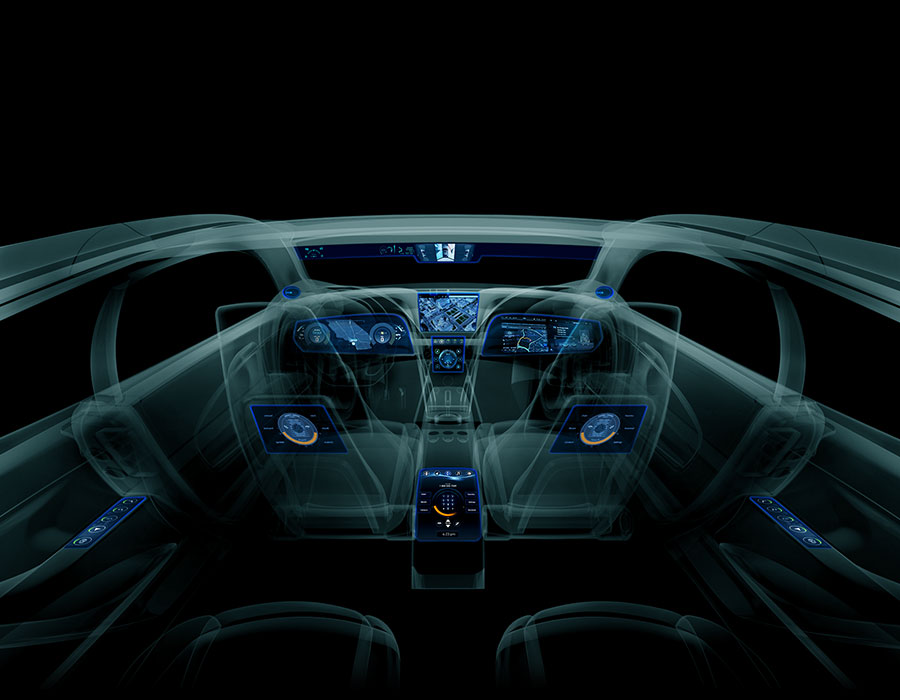Nvidia’s focus this year on CES is on the Tegra X1 mobile chipset, a brand new SoC that offers desktop-like computing performance for a range of mobile devices, including smartphones and tablets, but extending also to automobiles. Already, Nvidia has a strong presence in the car, powering many of the in-car infotainment systems on the market from most of the major auto manufacturers. The X1 offers a chance for Nvidia to expand its car presence even further, and to not only vastly improve infotainment, but to make our cars smarter and more automated than ever.
Nvidia’s Director of Automotive Danny Shapiro took us through his company’s automotive ambitions with the Tegra X1, explaining how not only will the processor allow car-makers to build touch-based interfaces that control every aspect of a car’s internal environment, but how a reference system they’re shipping will pair two X1s for massive local processing power, letting a car become much smarter in combination with sensors and cameras used through the car’s construction to provide input about the vehicle’s surroundings.

These, combine with the local processing power, as well as cloud-based data analysis that can also feed in knowledge gathered from other users vehicles, mean that cars powered by Nvidia intelligence will be able to grow and learn over time, getting smarter, and better able to determine what exactly it’s seeing, how things will behave, and how to respond to specific situations.
Nvidia’s work in the car is really only starting out when it comes to automated features and machine learning, but X1-based systems will start to hit the streets in the all-new Renovo Supercar roadster shipping soon with a price tag north of $500,000. Smart cars may be relatively early in their development, but with the X1, Nvidia puts a lot more brain in the cockpit, to better match the muscle under the hood.